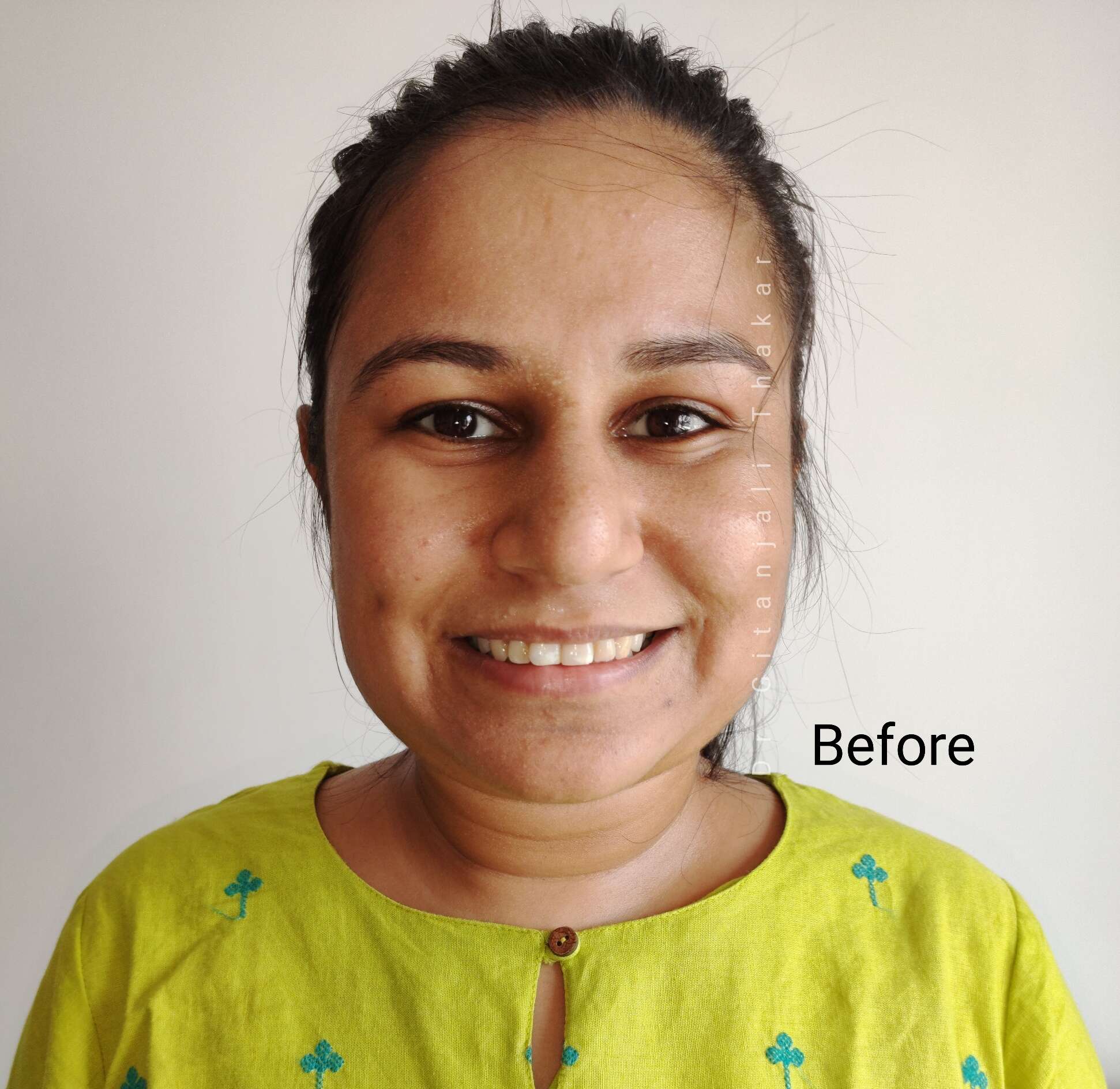Dental Veneers
What Exactly are
Dental Veneers?
Dental veneers are custom fittings designed to help, hide or correct damage, including:
- stains and discoloration
- chips and small missing pieces
- decay
- crookedness
- gaps between the teeth
Dental Veneers: For some people, having damaged or discoloured teeth can affect their confidence or self-esteem. Dental veneers can help improve the appearance of the teeth.
Dental veneers help improve the appearance of a person’s teeth. They may be beneficial for people who want a long-term solution to persistent cosmetic concerns — particularly those that do not respond to other dental treatments, such as teeth whitening, braces, or retainers.
During the placement process, a dentist will typically remove a small amount of enamel, which is the thin protective outer covering of the teeth. Because of this, once the dentist places the veneers, a person cannot remove them or choose not to use them.




Types of Veneers
Porcelain and resin-based composite. The following sections will outline these options in more detail.
Porcelain veneers
Porcelain veneers are a strong, thin cap that a dentist can place on the tops and sides of the teeth.
To attach them, the dentist will remove some enamel from the tooth before placing them.
Porcelain veneers have the same color as natural teeth, but it is possible to make them whiter to brighten the smile.
EMax porcelain veneers
Are one of the most common types of veneers recommended for patients. They offer incredible cosmetic appearance that gives your teeth the natural luster and translucence of a healthy smile.
EMax porcelain veneers are fabricated from lithium disilicate glass ceramic that is known for its beauty and superior strength even when cut in very thin slices. The translucency, opalescence, and light diffusion properties of the glass ceramic are masterfully adjusted to replicate the structure of your natural tooth, so the restoration is unnoticeable.
Resin-based composite veneers
Resin-based composite veneers are similar to porcelain veneers, but they tend to be less expensive and require less enamel removal.
Sometimes, a dentist may not have to remove any enamel before placing the composite veneer. Composite veneers are usually easier to replace if broken or damaged than porcelain veneers.
What is the difference between veneers, crowns, and implants?
Dental veneers, crowns, and implants can all improve the cosmetic appearance of the teeth. However, there are differences between them.
One difference between veneers, crowns, and implants is the area of the tooth that each option covers.
Dental veneers mainly cover the front of a tooth. By contrast, crowns cover the entire tooth, including the front, back, and all the sides. As a result, dentists use crowns to repair broken teeth, including teeth that have little structure left.
Crowns can also help strengthen the teeth they cover.
Implants, meanwhile, are bolt-like structures that attach to the jawbone to replace missing teeth.
When necessary, a dentist may use an implant to secure a crown in the mouth. This may be the case if a person is missing a tooth or a tooth is irreparable because it is too badly broken down and requires removal.
Essentially, dentists use crowns to build up teeth that are badly damaged, whereas implants replace missing teeth. Veneers improve the appearance of teeth that are mostly still intact.
Summary
Dental veneers are a cosmetic device that alters the appearance of a person’s teeth. Dental veneers help improve color, provide a natural tooth shape, reduce gaps, and hide chips and other minor damage to teeth.
Veneers can range in both cost and durability. Porcelain Emax veneers are generally stronger and last longer, but they come with a much higher price tag. Resin-based composite veneers are more affordable but do not last as long and may break more easily.
Dental veneers are a long-term solution to cosmetic tooth problems.

